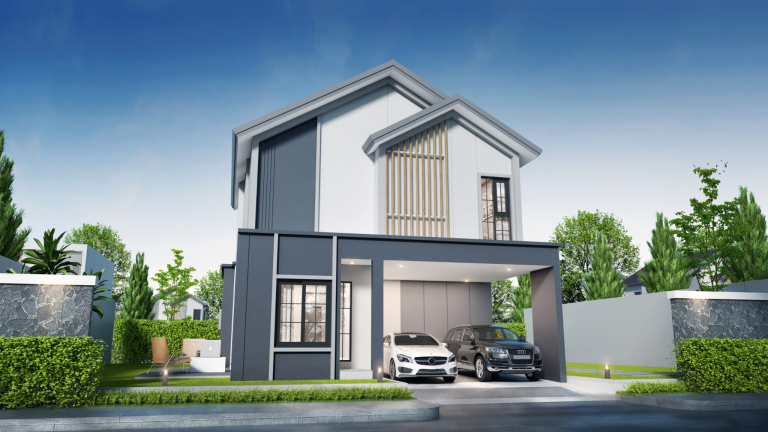At a time in which the construction industry is forever evolving, prefabricated homes have arrived as an icon of novelty and efficiency — providing both speed but also significant environmental benefits. In the next section, we will explore how prefabricated home construction is moving toward building equilibrium in a search for green initiatives.
Note: Are you planning your dream home? Well, with the help of Grit Build that could become a reality. Take a tour of our state of art model homes, receive help From experts and visit our website. Grit Build offers a range of online tips for those who want to build their dream house. First-timers as well experienced builders can benefit from this collection. With our impeccable craftsmanship and modern styling, we can turn the walls you dream; of into the home where you will live. Call or email now to get your home under construction from Grit Build, the builders who truly believe in its products.
In this article, we will focus on the eco-friendly aspects of selecting prefabricated housing and why it is preferred as one fundamental option for constructing a new modest home.
Introduction to Prefabricated Home Building
The nuts and bolts of homebuilding, as the AIA sees it; Marginal housing: Will accident-prone prefabs overcome their tragicomic beginnings? In contrast, the traditional process of home construction includes a rigmarole of activities that occur on site lowering which are executed at the building site itself. With the bulk of work done in a factory, prefab offers ample opportunities for improved waste management and energy efficiency — not to mention fewer disruptions at site.
#### Reduced Waste
A significant advantage of prefabricated construction is its lower level of waste produced. With piles of waste generated from traditional building methods that often land most surplus materials in a landfill, This is in stark contrast to the factory setting of prefabricated construction which allows for exact measuring and material usage, no less. This enables precise material orders and a more systematic utilization of leftover construction materials to be either recycled or reused in subsequent projects compared with low-tech on site management. In return, creates less waste and promotes an environmentally friendly use of resources to help benefit many construction companies that build new homes using prefabricated components.
#### Energy Efficiency
Energy efficiency is also another pivotal piece in the ecological side of prefabricated homes. Designed to be environmentally conscious, these buildings typically employ fully insulated materials for walls and roof assemblies along with energy-efficient windows as well as air seal technologies. The factory conditions allow closer building and fitting of parts, guaranteeing higher energy efficiency in the final product. Thanks to this care in construction, prefabricated homes have excellent thermal isolation, which allows them a lower energy consumption for heating and cooling than those built with more traditional methods. This allows homeowners to save on their energy bills and reduce the size of your carbon footprint.
#### Reduced Site Disturbance
In addition, prefabricated homes are generally more environmentally friendly due to the minimized site disturbance caused during construction compared with traditional building methods. Since the house is mainly built off-site, it keeps as little of an environmental footprint on its building site. It is one of the ways we can create some nature-based solutions in sensitive environments that we want to keep natural. Reducing the noise and overall disruption during construction also allows us to maintain local wildlife, plants, soil integrity as well as keeping a lid on those precious water sources running underground…
#### Long-term Sustainability
Modular homes are also intended to be green during their construction and after it has been established. Because of the modular designs and flexible layouts being used, the system is easily adapted to changes in residents or your facility. This adaptability can prolong lives of the structures, decreasing necessity in new materials and eventually being gentle on newly constructed buildings. In addition, prefabricated homes are beginning to be constructed with solar power in mind (still within the factory building – not after), which can provide an even more renewable way of living.
#### Conclusion
This move in the prefabricated home construction is an obvious progressive step for environmentally friendly building. Sustainable building methods New Bedford – A Sustainable construction style Home in Save money by going greenAs mentioned above that sustainable method will not only reduce waste production but also increase energy efficiency to a great extent and hence it would have the least site disturbance. Purchasing a new home can also prove to be significantly more sustainable, as opting for prefab not only suits an environmental consciousness but offers a practical option. As construction continues to take a heavy toll on our planet, prefabricated homes emerge as one of many possible paths toward more sustainable residential development. If we can be open to trying this new method, it will help deter the looming environmental disaster for generations to come.

